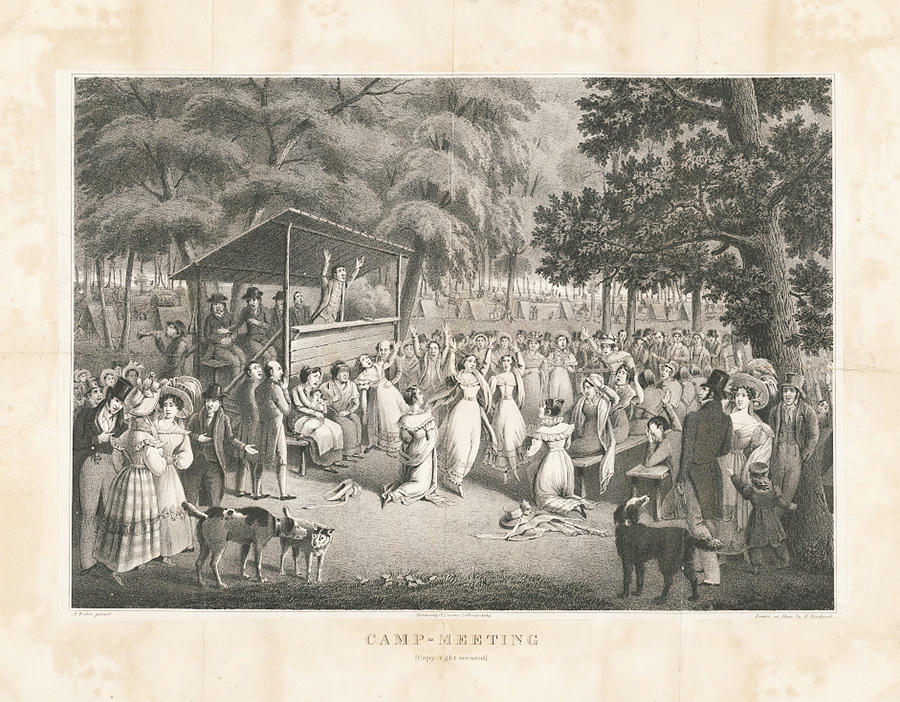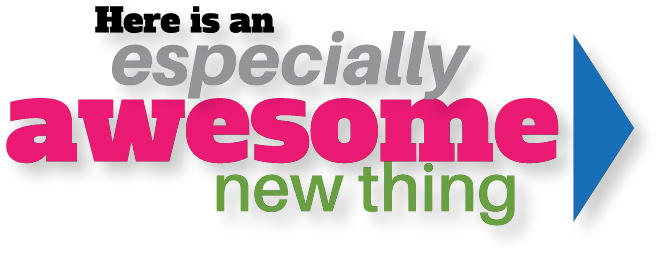Assignment Nine
Antebellum Religion, Reform, and the Arts
Deadline, May 4, 80 Points
|
Click here to go back to the web site for History 8-1.
|
What national movements and trends swept through America in the decades prior to the Civil War? How did these movements and trends shape America? How are they still shaping America?
Methodist Camp Meeting, 1819, Library of Congress
Description In addition to the growth of the nation, the market reforms, and transportation improvements sweeping America in the decades prior to the Civil War, naitonal movements in the areas of religion, rights for enslaved people, expanded rights for women, literature, philosophy, and the arts were all making and re-making America. In this unit we will look closely at how these shaped America at the time and how they still influence America today. Objectives Students will identify and describe key events and trends in religion, reform and the changes in the arts that swept through America in the decades prior to the Civil War. Essential questions
Special instructions For this assignment, you will create simple, well constructed answers to questions 1 - 14, and you will choose one topic from the list of suggestions for 3 to 4 paragraph essay. Remember, essay rules apply. Besides the questions - One of my favorite things about this time period is the music. That's probably because some of them have such strong bass lines. I hope you choose to take a little time to listen / watch through some of the music links I put on the right side of this page.
Short Answer Questions NOTE >> Please answer the actual questions. Don't just put in a generic answer.
Short Essay Topics Topic One >> Read through the selections from the speech by Frederick Douglass, 'What to the Slave is the Fourth of July?'
Topic Two >>Read the primary source by Brigham Young to Thomas Kane. The letter begins with some references to contemporary events which may not have meaning for you, but keep reading.
|
Links Printed files Because of the school closure, there is no printed file for this assignment. Media files Here is the link to the textbook chapter that accompanies this unit. Here is a link to the timeline we will use through the rest of the class. Here is a great rendition of Swing Low, Sweet Chariot, sung by one of the greatest singers of all time - Paul Robeson. It's an old recording, but it's a powerful voice. Here is Paul Robeson again with Nobody Knows the Trouble I've Seen. Here is a movie setting for Go Down, Moses. The spirituals also had a uptempo side. Here is a setting for Joshua Fit the Battle of Jericho by a traditional group. And here is a modern tent revival setting of the same song. And of course, Elvis also recorded it. Ignore the pictures, but follow the music. Stephen Foster OK, maybe the school closure makes us all a little silly, but I recorded a piece from Swing Low, Sweet Chariot for you. I think I ran to the bottom of my mic because it sounds like I ran out of range, but I promise, I did not. Anyway, you can enjoy the laugh if you like. Online files My Antebellum Quick Verbal Notes One A large copy of the timeline we will use in class. Tips on writing a good three paragraph essay. |
||||||

